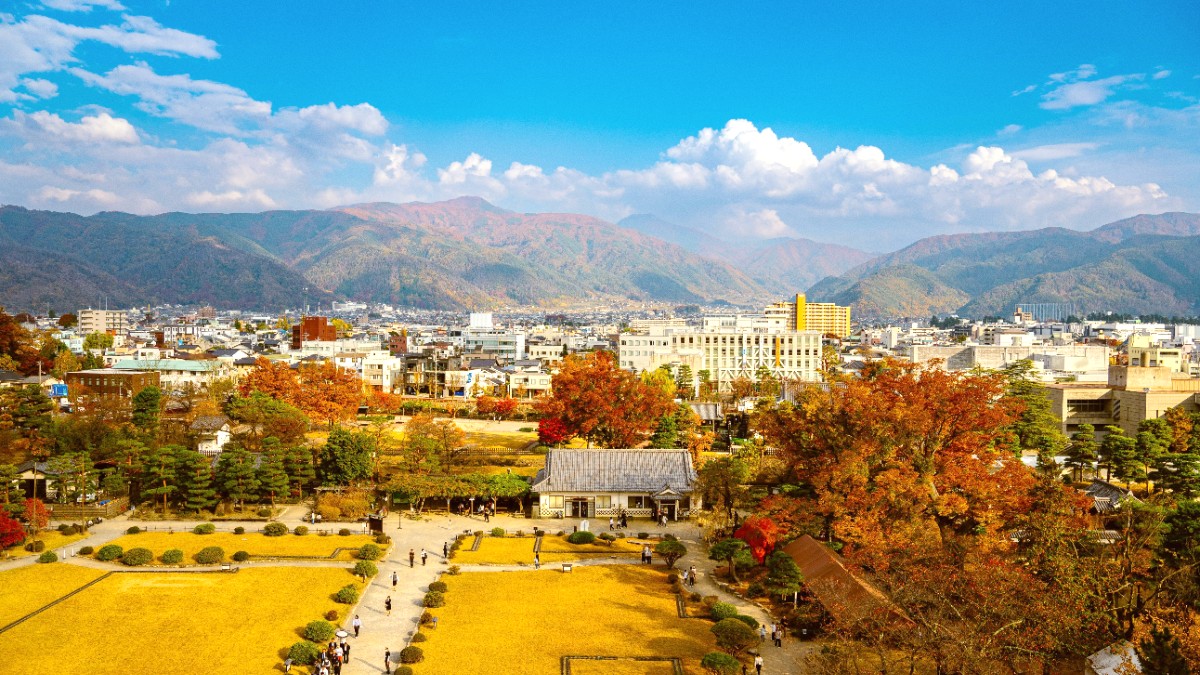
South Of Tokyo, Japan
JR (Japan Railways) Yokosuka Line: This line connects Kamakura Station to Ofuna, Yokohama, Shinagawa, and Tokyo. It serves as the primary means of arrival and departure for Kamakura. Within Kamakura, it connects Kamakura Station to Kita-Kamakura Station, which is useful for visiting temples in the northern part of the city.
Enoshima Electric Railway (Enoden): The Enoden is a scenic local train line. It connects Kamakura Station to Fujisawa via Enoshima Island. This line runs along the coast, offering beautiful ocean views. It represents a popular and charming way to access coastal temples, the Great Buddha, Hasedera Temple, and the beaches.
Route maps are available at stations and online. Kamakura Station is the main hub, where JR and Enoden lines converge. Kita-Kamakura Station is another important hub.
Trains generally operate from 5:00 AM to midnight. Frequency is high: JR trains run every few minutes, Enoden trains every 10-15 minutes. Buses have varying schedules but are frequent on main routes.
Major JR stations are generally accessible with elevators and accessible restrooms. Older Enoden stations are undergoing improvements. Many train cars have dedicated spaces for wheelchairs.
Licensed taxis are identifiable by roof lamp/sign (red means available). Hail on street or at stands.
Higher fares (¥500-¥730 base). Accept cash, many accept cards/IC cards. Door auto-opens.
Uber and DiDi are available but less common than traditional taxis in Kamakura.
Taxis are highly regulated, safe, and reliable. Drivers are professional.
For independent exploration, consider renting a vehicle. However, driving within Kamakura is generally not ideal for sightseeing due to limited and expensive parking.
The area around Kamakura Station, including Komachi-dori, and the path to Tsurugaoka Hachimangu Shrine, are very pedestrian-friendly.
Self-guided walking tours connecting temples are popular. The Daibutsu Hiking Course and Tenen Hiking Course.
Limited dedicated bicycle lanes exist, but quieter side streets are suitable. Be aware of pedestrians and traffic. Park bikes in designated areas.
While Kamakura does not have cable cars or funiculars, it offers some unique experiences.
Always check current schedules and service updates, especially during holidays or adverse weather.
Digital apps are most precise.
Consider local guides for insight into specific areas or themes. They offer unique perspectives.
Enhance your cultural understanding.
Wear comfortable shoes suitable for extensive walking, as many attractions are best explored on foot.
Important for enjoying your day.
Navigating Kamakura is a delightful part of the travel experience. With efficient public transport, pedestrian-friendly areas, and rental options, getting around is straightforward.
Embrace the local pace and discover the city's hidden corners at your leisure.